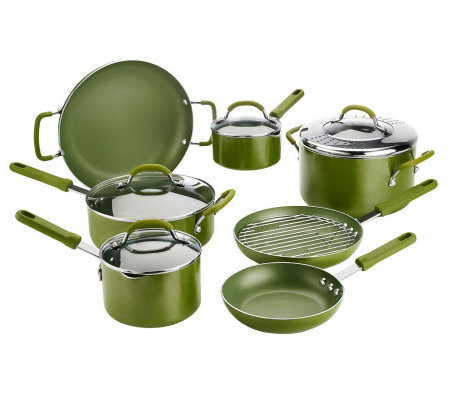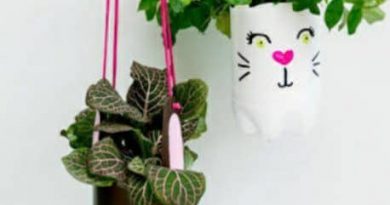How to Choose Healthy Kitchen Cookware
Is that Teflon pan good for your health? Do you know if your oven sources contain lead? In addition to choosing the best foods, the materials matter a lot
If you fill your shopping cart with healthy products and take care of your diet, you should also inspect your kitchen utensils to make sure they are healthy and discard them if they’re not. The materials of pots, pans, and kettles can be transferred to food. That’s why it’s important to understand what materials you should cook with:
Frying pans and iron saucepans
They are a traditional, safe and durable option. There are two types: mineral iron and cast iron. They differ in their manufacturing material (steel or sand mold) and in their coverage.
- Mineral iron usually carries beeswax. It is less heavy than cast iron, and perfect for sautéing vegetables.
- Those made of cast iron or molded are thicker and can incorporate enamels that prevent them from rusting. They are more expensive and require more care.
- The foods cooked in these pans can absorb small amounts of iron, but it does not represent a health problem.
- They diffuse the heat well and are ideal for grilling.
- Over time, they blacken and create a natural non-stick coating.
- They withstand high temperatures and you can finish the cooking taking advantage of the heat.
Frying pans and pots with ceramic coating
Newer aluminum pans and saucepans are covered with ceramic material and are generally healthier because they don’t contain heavy metals, PTFE, PFOA or nanoparticles.
The problem is that we often find ceramic coats of very poor quality. In addition, the color deceives: we believe that any white pan is ‘healthy’, but it could quite simply be a coating of paint with a minimum ceramic base, which peels off soon and exposes the aluminum. Be sure to choose a brand wisely to avoid this problem.
- Resistant to high temperatures, they do not release toxic substances below 450 ° C and are economical.
- Their drawback is that they lose their non-stick properties relatively quickly.
Stainless steel pots and pans
Affordable and resistant to rust under normal water based environments, it is an alloy of iron with other metals. There may be passage from metal waste to food in small quantities, which are released more easily if the steel is of poor quality, when we cook acidic products (such as citrus or tomatoes) or when it is scratched. Stainless steel does not require any special maintenance.
MATERIALS TO AVOID
Teflon:
A few decades ago, it was very innovative because it allowed cooking with almost no oil, but over time it was found that chemical substances – PFOA and PFOS – were harmful to health in the non-stick coating.
DuPont (the Teflon brand) states that it has not used them since 2012 and has pans and other Teflon containers in which ‘PFOA free / PFOA-free’ is specified. As a precaution, get rid of any old Teflon utensils.
Aluminum:
Acidic and hot foods increase the possibility of aluminum salts passing into food. The only recommended type is anodized aluminum.
There you have it, consider yourself informed. Keep the above in mind if you want to maintain a healthy diet and a healthy kitchen!




